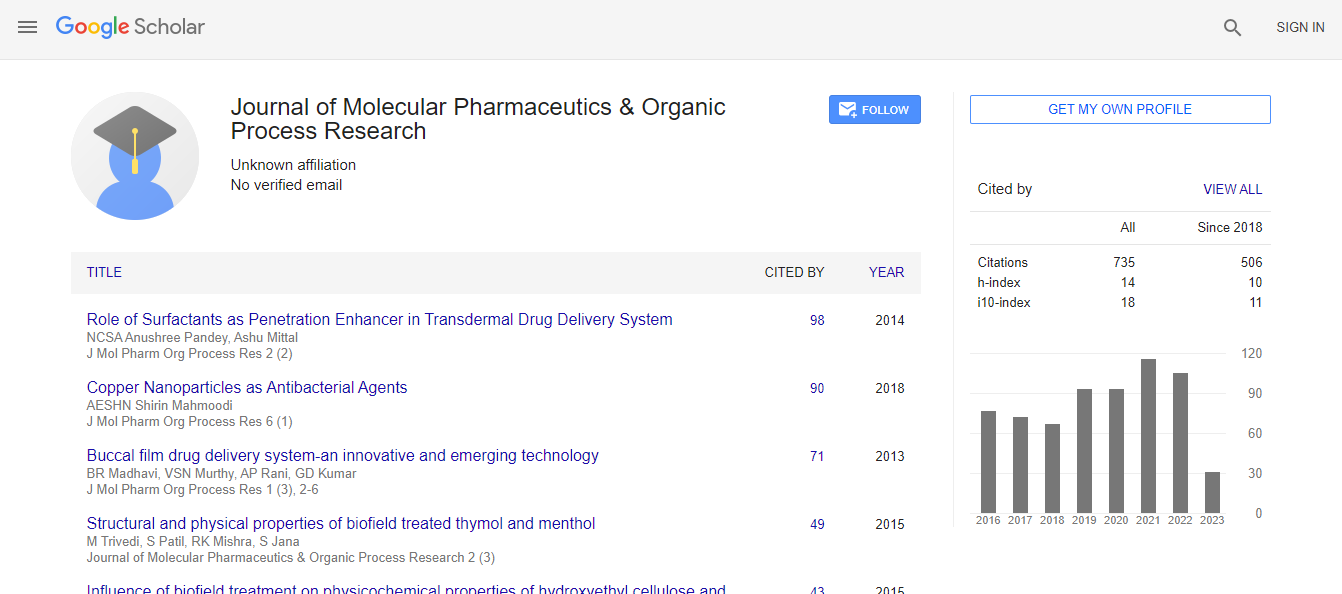Development of a High-sensitivity Detection Device for Hepatitis B Virus Surface Antigen in Saliva
Abstract
ABSTRACT
According to the World Health Organization
(WHO), two billion people are infected with hepatitis
B virus (HBV). Among infectious diseases, viral
hepatitis has been proposed as a target for global
elimination. Currently, although blood-based
examination is common, an alternate assay using
saliva has attracted attention as an easy diagnostic
method. However, many issues need to be overcome
to facilitate the use of this method, such as sensitivity
of the diagnostic method and stability of the sample.
Therefore, we've developed a replacement testing
method for HBV surface layer (HBs) antigen using
immunochromatography, and have evaluated its
effectiveness.
Comparison of the detection sensitivity of the
traditional immunochromatography method thereupon
of the newly developed immunochromatography
method revealed that the latter showed a way higher
sensitivity. Therefore, we collected blood and saliva
samples from 70 HBs antigen-positive subjects and
100 HBs antigen-negative subjects in hospital and
examined these samples using the newly developed
immunochromatographic test. The positive and
negative rates of blood and saliva of the 70 HBs
antigen-positive subjects and therefore the 100 HBs
antigen-negative subjects were found to be completely
consistent.
Thus, the high sensitivity of the newly developed
immunochromatographic test strongly suggests the
clinical applicability of saliva as a clinical sample. In
the near future, we plan to clarify the feasibility of this
new method for implementation in various medical
facilities and survey applications, with the goal of
developing a wide range of clinical tests to detect
HBV.Despite the availability of vaccines against HBV
infection, HBV’s prevalence remains high all over the
world . According to the WHO, there are 2 billion
HBV-infected individuals and around 378 million
chronic carriers worldwide. 80 million such carriers
reportedly reside in Southeast Asia . Over 50% of
liver cancer cases result from HBV infection, with the
main routes of transmission being sexual intercourse,
parenteral contact, and vertical transmission. Other
sources of infection include surgery, dental care,
contaminated surgical instruments, and donor organs.
Centers for Disease Control and Prevention , HBV is an
extremely powerful virus that is present in blood,
exudate, saliva, semen, vaginal secretions, urine, sweat,
and breast milk. The virus can survive outside of the
body and can easily be transmitted via contact with the
infected body fluids In the present study, we developed
an immunochromatographic HBs antigen testing method
that utilizes saliva as the sample. Saliva collection,
unlike venipuncture, does not involve pain when
puncturing a vein, thereby reducing the distress for the
patient. The convenience and safety of saliva collection
are the major advantages of this technique. Furthermore,
saliva samples can be collected more quickly than blood
can . Since there are a large number of HBV carriers at
the global level, the implementation of a survey
investigation that uses saliva as the sample is expected
to permit the accurate measurement of the true HBV
infection rate. In turn, this information is expected to
facilitate determination of the effectiveness of
vaccination measures.The purpose of this study was to
guage the sensitivity and specificity of HBs antigen
detection in saliva using our new diagnostic method.This
study was conducted with the approval of the Kyushu
Dental University Ethics Committee (No. 14-18) and
consent was obtained from the subjects after informing
them about HBs antigen testing using saliva.
Unstimulated saliva samples, collected according to a
standard protocol, were obtained from 170 patients
being seen at the Steel Memorial Yawata Hospital,
including 70 patients who had tested positive for HBs
antigen, and 100 patients who had tested negative for
HBs antigen. The average age, the male to female ratio
were 64.9 years, 45/25, respectively. The average HBV
DNA level at 70 patients was 2.8 ± 1.3 IU/ml. The HBV
genotype of 40 patients belonged to genotype C, 5
patients belonged to genotype B and no patient belonged
to genotype A. The HBV genotype in 25 patients was
unknown. 11 patients (15.7%) were positive for HBe
antigen (HBeAg). Saliva was collected employing a
sponge and tube developed for saliva collection. After
the sponge was left in the mouth of the subject for 60 s,
the saliva was collected in the tube and centrifuged.
Approximately 2 ml of saliva was collected from each patient and stored at -20°C until analysis . Saliva
samples were confirmed HBs antigen (HBsAg) using
chemiluminescent enzyme immunoassay (CLEIA).
In the present study, we developed a replacement
diagnostic device and evaluated the sensitivity and
specificity of HBs antigen detection in saliva using
our new diagnostic method. In summary, we have
developed a salivary HBV antigen measurement
method that is extremely easy to use and does not
require much testing time. The sensitivity and
specificity of this immunochromatography method
exceed those of conventional
immunochromatography, providing a more reliable
diagnosis. The newly developed salivary
immunochromatographic method is expected to serve
as an effective device for diagnosing HBV infection.
Keywords: HBV; surface antigen; saliva;
immunochromatography

 Spanish
Spanish  Chinese
Chinese  Russian
Russian  German
German  French
French  Japanese
Japanese  Portuguese
Portuguese  Hindi
Hindi 
